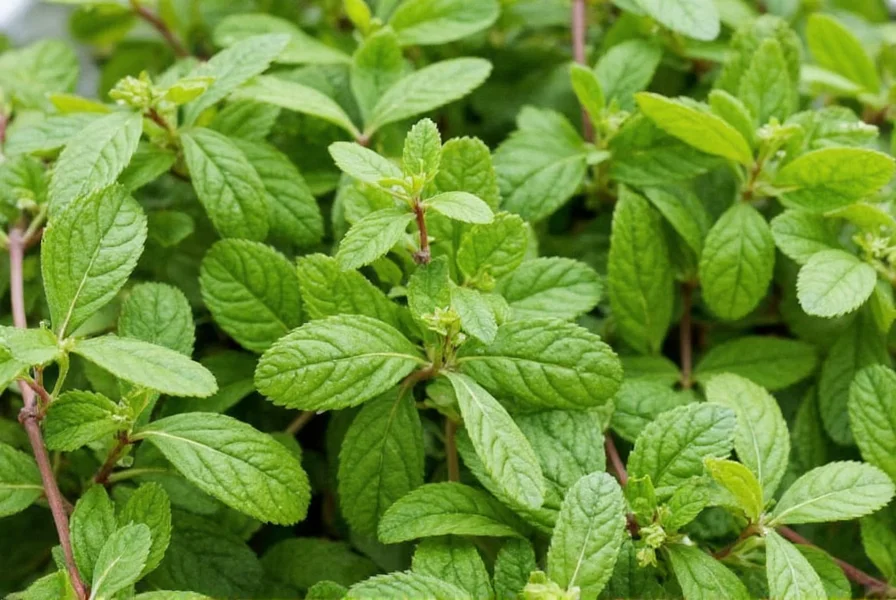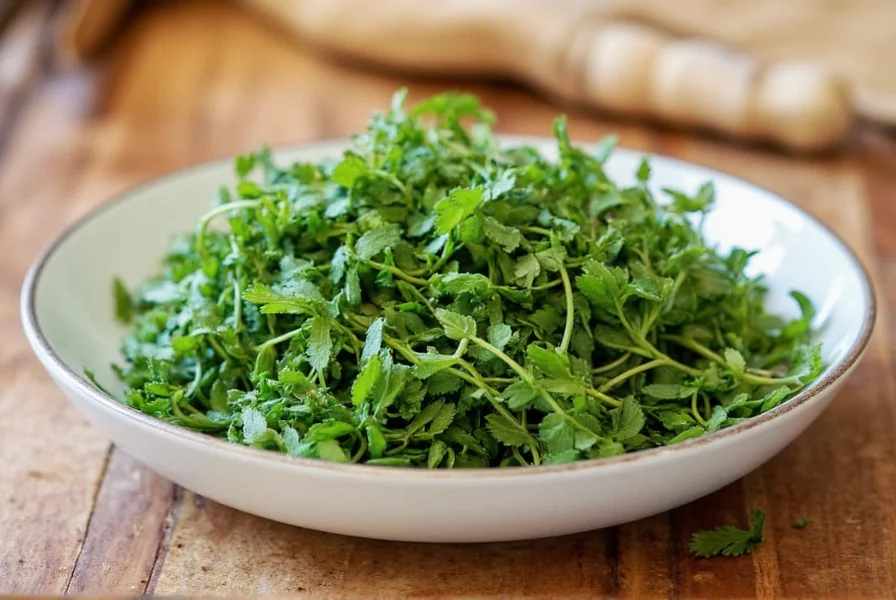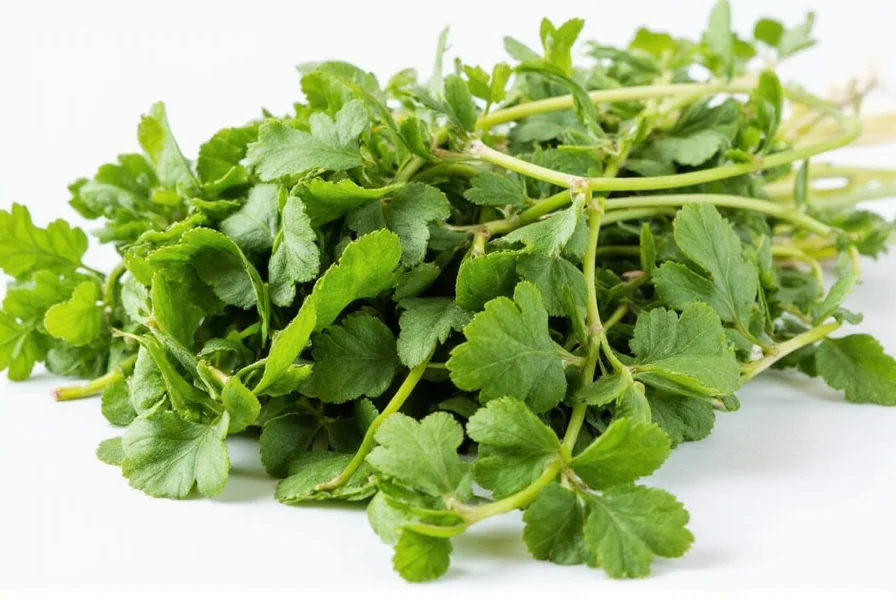Oregano is a popular herb native to the Mediterranean region, known for its strong, pungent aroma and earthy flavor. It's widely used in Italian and Mexican cuisines, and its name comes from the Greek words oros (mountain) and ganos (joy), meaning 'joy of the mountain'.
Table of Contents
- Different Types of Oregano
- How to Use Oregano in Cooking
- Buying Guide: Choosing the Best Oregano
- Health Benefits of Oregano
- Fun Facts About Oregano
- Frequently Asked Questions
- Conclusion
Different Types of Oregano
| Type of Oregano | Flavor Profile | Best For |
|---|---|---|
| Italian Oregano | Mild, slightly sweet, and aromatic | Pizza, pasta sauces, and Mediterranean dishes |
| Mexican Oregano | Stronger, more citrusy, and peppery | Meat dishes, stews, and traditional Mexican recipes |
| Wild Oregano | Very strong, almost medicinal | Herbal teas, natural remedies, and aromatherapy |
Choosing the right type of oregano enhances your dish. Italian oregano is the most versatile for general cooking.
How to Use Oregano in Cooking
- Use fresh or dried: Fresh oregano has vibrant flavor; dried is more concentrated. Use fresh for garnishes or salads, dried for slow-cooked dishes.
- Add early in cooking: For soups or sauces, add dried oregano early to release full flavor.
- Pair with tomatoes: Classic combination for marinara, roasted vegetables, or tomato-based dishes.
- Use in dressings and marinades: Adds depth to vinaigrettes or grilled meats.
- Make infused oil: Steep fresh leaves in olive oil for drizzling over bread or dips.
Buying Guide: Choosing the Best Oregano
Choosing Fresh Oregano
Look for bright green, firm leaves with no wilting. It should have a strong, pleasant aroma. Store wrapped in a damp paper towel in the refrigerator for up to one week.
Choosing Dried Oregano
Select dark green, fragrant leaves. Avoid faded or dusty products. Store in an airtight container away from heat and light for maximum freshness.
Health Benefits of Oregano
- Rich in antioxidants: Contains rosmarinic acid and thymol to combat oxidative stress.
- Antimicrobial properties: Naturally fights bacteria and fungi.
- Supports digestion: Helps soothe digestive discomfort.
Consult a healthcare professional before using oregano for medicinal purposes.
Fun Facts About Oregano
- Ancient Greeks associated it with happiness and used it in wedding ceremonies.
- It thrives in poor soil and harsh conditions, making it easy to grow.
- Used in cosmetics for its antimicrobial properties.
- Has been used for over 2,000 years in traditional medicine.
Frequently Asked Questions (FAQ)
- What is oregano and why is it called "joy of the mountain"?
- Oregano is a Mediterranean herb with strong flavor. Its name comes from Greek words oros (mountain) and ganos (joy), reflecting its natural habitat and cultural significance as a symbol of happiness.
- What are the main differences between Italian and Mexican oregano?
- Italian oregano has mild, sweet flavor ideal for Mediterranean dishes. Mexican oregano is citrusy and peppery, perfect for salsas and meat stews. They belong to different plant families.
- Can I substitute dried oregano for fresh in recipes?
- Yes, use one-third the amount of dried oregano (e.g., 1 tsp dried = 1 tbsp fresh). Add dried early in cooking; add fresh near the end.
- What are oregano's most notable health benefits?
- Oregano is rich in antioxidants, has antimicrobial properties, aids digestion, and may support weight management.
- How should I store fresh oregano to maximize freshness?
- Wrap stems in a damp paper towel and store in a sealed container in the refrigerator for up to one week. For longer storage, freeze in olive oil cubes.
Conclusion
Oregano is a versatile herb with deep culinary and historical roots. Its distinctive flavor enhances countless dishes, while its health benefits make it a valuable addition to your kitchen. Experiment with different types and uses to discover how this "joy of the mountain" can elevate your cooking.













 浙公网安备
33010002000092号
浙公网安备
33010002000092号 浙B2-20120091-4
浙B2-20120091-4